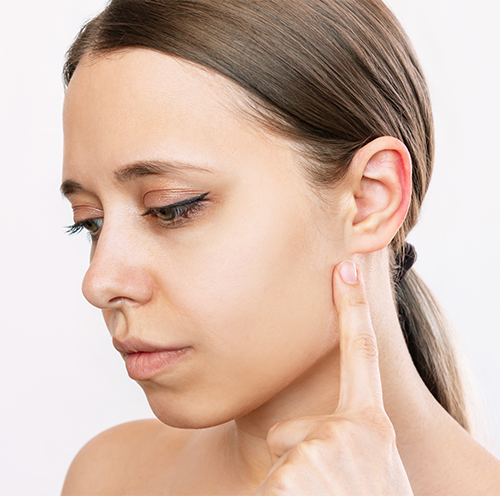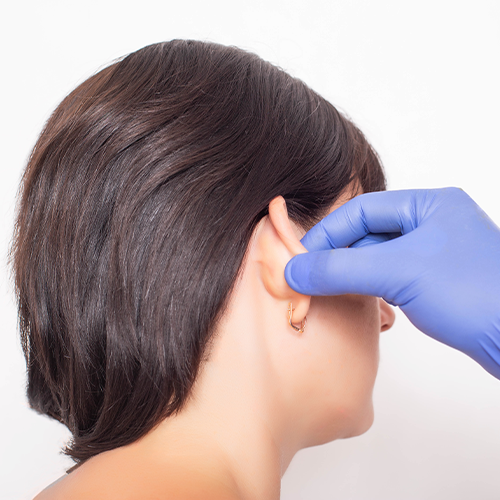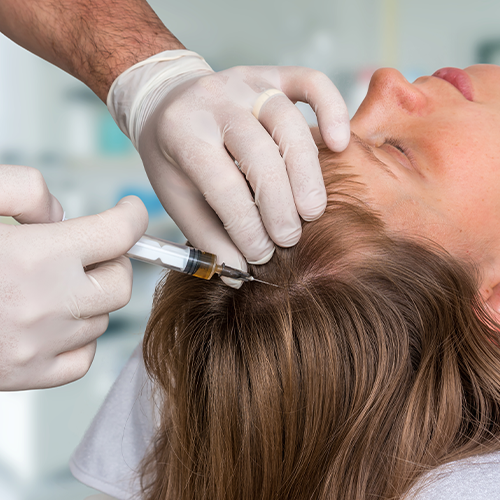
Protruding ears, also known as prominent ears, bat ears or otapostasis, is the condition where the ears and the connective cartilage is raised on the scalp to make them look like sticking out. The angle between the ears and the head is wider than normal.
The condition can be the result of genetics, where the external ear is formed poorly in congenital stages. It can also be a result of trauma or accidents in life later on. Some occupational habits that involve wearing of a mask that pushes the ears out to make them protrude far from the head for long periods of time can also cause defects on the cartilage over time.
Protruding or large ears are not actually physical conditions but aesthetic ones. Protruding ears that are clearly noticeable can cause psychological and social problems that reduce the quality of life in affected people. Being the victim of teasing usually begins at school and this can cause children to feel the need to hide their ears with their hair, lack of self-confidence, anxiety, poor body image and even depression.
How the Surgery is Performed
Known in medicine as an otoplasty, this surgical procedure has one of the highest levels of patient satisfaction. This surgical intervention is an operation performed to treat protruding ears, large ears, and ears without clear folds.
 The protruding ear operation is usually performed by removing excess tissue from behind the ear with small incisions in Orenda Health with prvided high quality techniques.
The protruding ear operation is usually performed by removing excess tissue from behind the ear with small incisions in Orenda Health with prvided high quality techniques.
These incisions made in the folds behind the ear leave virtually no scarring. Our aesthetic and plastic surgery specialists perform the protruding ear operation in a way that obtains the best possible results for our patients by performing a personalized operation plan. The most commonly used method is giving a new shape to the ear fold by reducing the amount of cartilage in the ear by filing the excess away or, if necessary removing it, and using dissolvable stitches.
The surgery is done under local anesthesia for adults and lasts about an hour. General anesthesia is more preferred for children since it is more favorable to ensure that they keep still during the operation.
Recovery After the Surgery
The surgery takes about an hour and you will be able to walk in a few hours. The ears and affected incisions will be dressed in ointment and tightly bandaged to protect them from impacts and promote faster healing. The bandages can be removed in a week and protective ointments will be applied again to the site. If self-dissolving sutures are applied, there is no need for suture removal. If regular stitches are applied, they will be removed in a week. Patients can go back to daily life after 2-3 days if they are comfortable. A headband that protects the ears should be worn for at least 6-8 weeks after removing the bandages, and recommended ointments and medication should be used. Incision marks will not be visible since the cuts are done on the natural creases behind the ear.

 Average length of stay
Average length of stay Length of stay in hospital
Length of stay in hospital Operation duration
Operation duration Anesthesia
Anesthesia Recovery Duration
Recovery Duration




